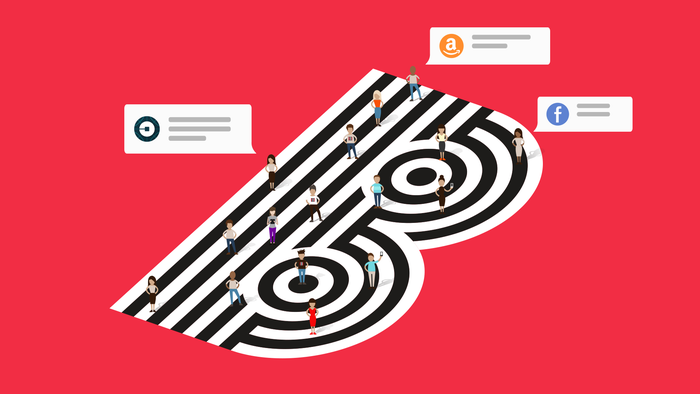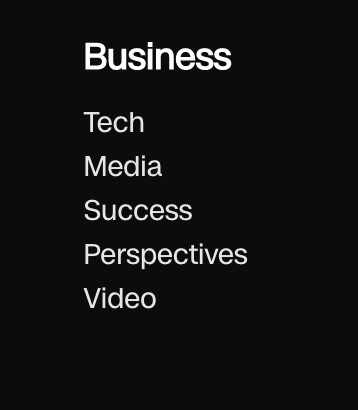“We can’t do anything about it,” one user who identified as a Microsoft worker wrote in a comment on Blind. “Just pray that it’s not you and then pray for those who are impacted that they have a cushion to fall back on, can recover quickly and find another job.”
As layoffs have spread across Silicon Valley in recent months, Blind has emerged as a lifeline for tech workers seeking information and advice. What sets Blind apart from LinkedIn — which is also having a moment as more people in tech and media are now #OpenForWork — is that it lets employees commune about their workplace anonymously, often leading to more candid discussions about some of America’s biggest companies. Blind members verify that they work at a particular company by signing up with a work email address.

“With anonymity,” Kim said, “you can just be really genuine and really transparent.” When it comes to what’s going on at the big Silicon Valley companies, he added, what you see on LinkedIn “is kind of the tip of the iceberg.”
Even a year ago, many of the posts on Blind consisted of tech professionals essentially bragging about eye-popping compensation figures and stock packages from various household names in the industry. Now, Blind is filled with posts from workers comforting each other about how to get through periods of unemployment.
One recent post that has received almost 100,000 views is a nearly 1,800-word essay from a person claiming to be a current Amazon (AMZN) worker reflecting on lessons he learned after being laid off from Uber (UBER) during the early days of the pandemic and how he overcame feelings of failure. There are also dozens of posts sharing tips on how to navigate being laid off while on a visa, as well as general job-hunting tips for those who are let go in the current climate when fewer tech firms seem to be hiring. (Some tech workers have also lamented the pay cut they’d have to take by switching industries.)
The shift in sentiment on Blind captures a broader mood shift in the tech industry as Facebook-parent Meta, Google, Microsoft and others cut tens of thousands of employees combined. Suddenly, an industry full of feted workers who used to post publicly on social platforms about growth hacking, ice baths, and lucrative exits, is now searching for more private forums to commiserate and find information about layoffs.
More than 1,000 Google employees singed up for Blind in the 24 hours after the company announced layoffs this month, according to data from Blind. About 3,000 workers at Meta signed up for Blind on Nov. 8, the day before its layoff announcement was made public, Blind said. In total, Meta, Google and Microsoft each have tens of thousands of verified employee accounts on Blind, according to the startup.
“People talk with their work identities, but it’s actually a very personal platform,” Kim said. “There’s a lot of empathy going on within the community, and that’s why I think people have been helping each other out much more recently than before.”

